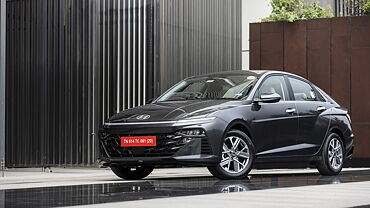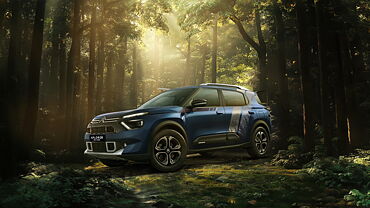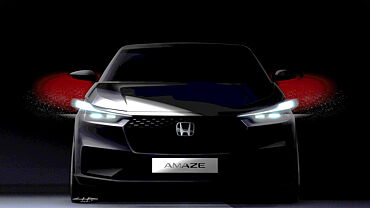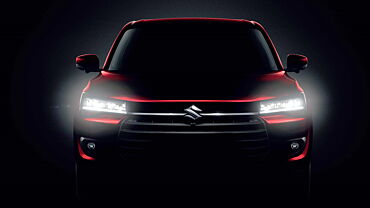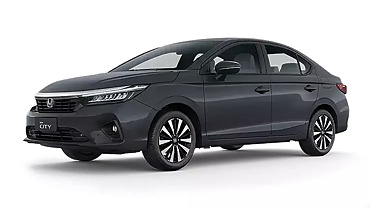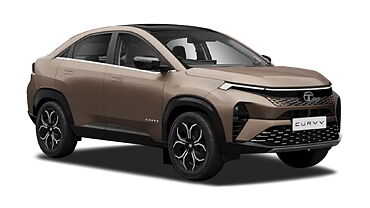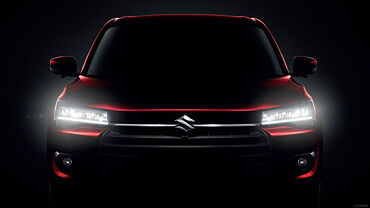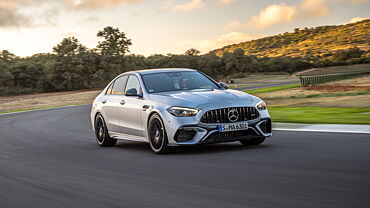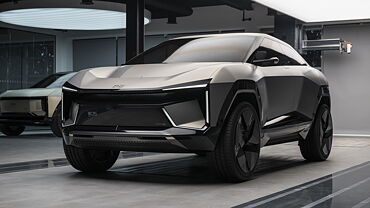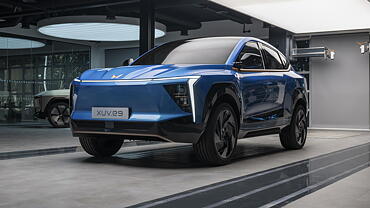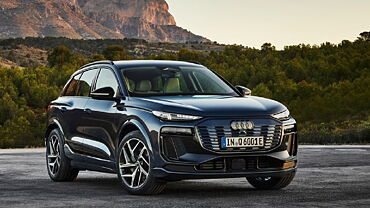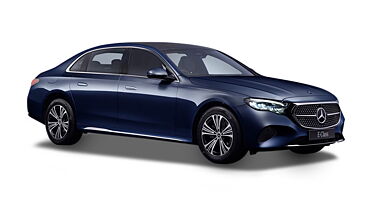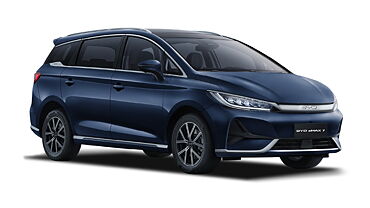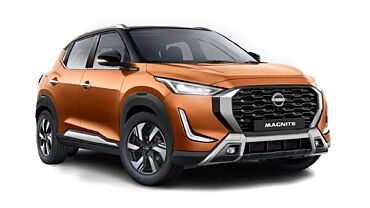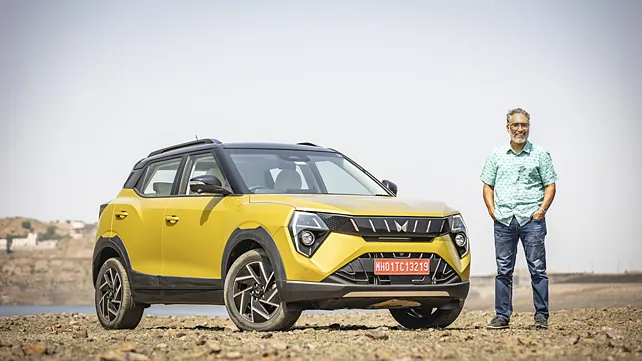
Why I would buy it
- Price and features
- Ride comfort
- Space for three at the back
Why I would avoid it
- Design is polarising
- Turbo lag in petrol
Engine and performance
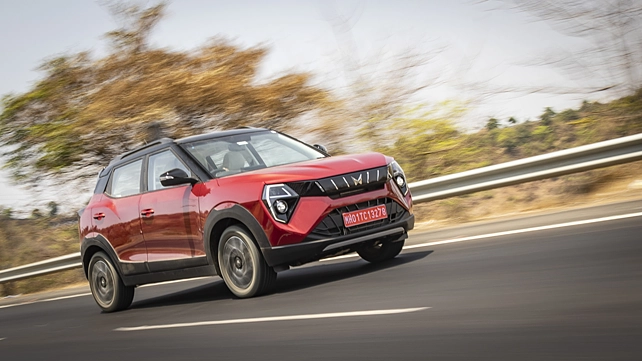
The Mahindra XUV 3XO is offered with three powertrain options. There is the 1.5-litre diesel and two 1.2-litre turbo petrol engines. The latter two are essentially the same engines, but the more powerful and torquier of the two gets a direct injection. This engine can be had with either a six-speed manual or a six-speed torque converter automatic. The diesel, meanwhile, also comes with a six-speed manual but gets an AMT as the automatic choice.
We drove the top-spec petrol automatic version, and the engine is a powerful and smooth unit. It is plagued with turbo lag under 2,000rpm, and along with a poorly calibrated throttle response, it makes driving this particular 3XO a lesson in patience. It also makes the drive unintentionally jerkier than one would like and will do your driving resume no favours.
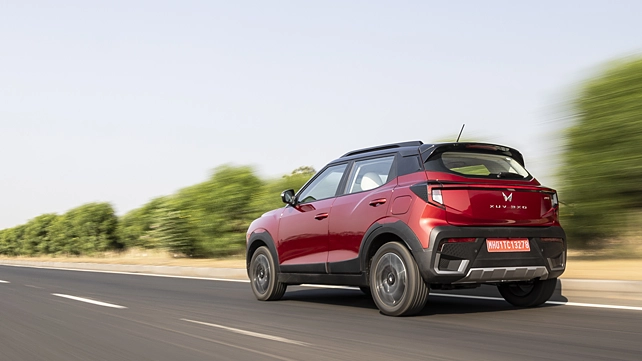
However, past 2,000rpm, it’s a lovely engine to pelt around. It has a strong mid-range and it doesn’t lose steam even towards the top of the rpm band. It is near vibe-free and revs to its allowed shift rpm of 5,500rpm without bother. This makes overtakes (if you aren’t under 2,000rpm) a breeze. And the 3XO will sit at 100kmph or even at 120kmph all day without effort. This Mahindra comes with three driving modes - Zip, Zap, and Zoom. The modes alter the throttle response and the steering heft, with the steering being the lightest and the throttle being the dullest in Zip. Zoom is just the opposite. The car, however, defaults to Zap every time it starts, and we found this was the best of the three modes for almost all sorts of driving situations, so we just left it there for most of our drive.
The gearbox, as we mentioned, is a six-speed automatic. It doesn’t come with paddle shifters and one must use the tunnel-mounted shifter to shift manually. And you will need to do it if you don’t want to be caught unawares under 2,000rpm and in the thick of the turbo lag epidemic. Shifts on the automatic box when left to its own device are reasonably seamless and quick, and for highway use, we’d leave it in full auto mode.

Ride and handling

This is where the new XUV 3XO shines. Its ride has a plush and rounded feel to it. So no matter the road surface or speed, it rarely gets uncomfortable for the passengers inside the SUV. The suspension’s bump absorption is good; there’s very little noise that seeps into the cabin; and there are no unruly vibes that can be felt inside the cabin either. Plus, the cabin is a quiet one which further helps with the overall comfort factor.
Dynamically too, the 3XO leaves one with a good impression. It feels stable, relaxed, and easy to pilot around even at three-digit speeds. It also changes directions quickly without feeling nervous or unstable. The impressive story continues in the braking department. The bite, feel, and progression of the brakes are very well calibrated. It is not too sharp when you get on the brakes lightly, say when driving in the city. But when you reach for the brakes in a hurry, the power and bite of the brakes transform into something with a vice-like grip.
The only chink of sorts in the 3XO’s dynamic armour is its steering. We like the quickness and linearity of its responses but are not fans of the added heft the Zap and Zoom modes bring along. The added weight in these modes makes the steering feel more artificial and less involving.

Exterior highlights
This is a facelift. As typical of a facelift, the body panels on the 3XO continue unchanged from the XUV 300. It does get a brand-new face, nonetheless, and it is a polarising one. You will love it for being in-your-face, aggressive, and unlike anything else on the road. Or you might not because it’s a little out there compared to the design trends in the sub-four-metre category. However, the rear is well-executed and should find fans no matter what your opinion is of the face. It also gets bigger 17-inch alloys now, though the spare tyre remains a space saver.

Interior and features
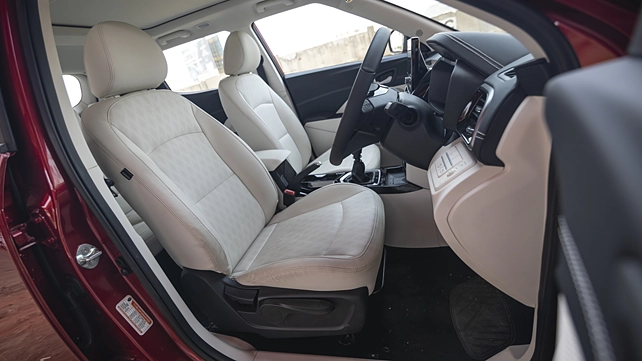
The changes on the inside are significant too. The 3XO borrows heavily from the new XUV 400 electric down to its party piece - the two 26-inch TFT screens. One screen handles the duties of the multimedia system, while the other doubles up as the instrumentation and the detailed driver information system. The latter also shows a full-screen display of the map in navigation mode. The screens, along with the different colour shades and plastic of varying texture, give the 3XO’s interior a premium and inviting aura.

Worth buying?
A little history first. Mahindra has been doing well lately. Everything from its Thar to the XUV 700 has been successful. So much so that laying hands on one in the recent past has meant a long wait.
But, not so in the sub-four-metre SUV segment. Be it body-on-ladder SUVs or monocoques, Mahindra has struggled to hit it big in this category. There was the Quanto, to begin with, which morphed into the Nouvo Sport, but with no success. Then there was the TUV 300, which changed into the Bolero Neo. But again, the sales were nothing to write home about. Ditto for its monocoque SUVs. The now-abandoned KUV100 never caught the buyers’ fancy. And even the XUV300, which continued to soldier on till the launch of the 3XO, barely made a dent.
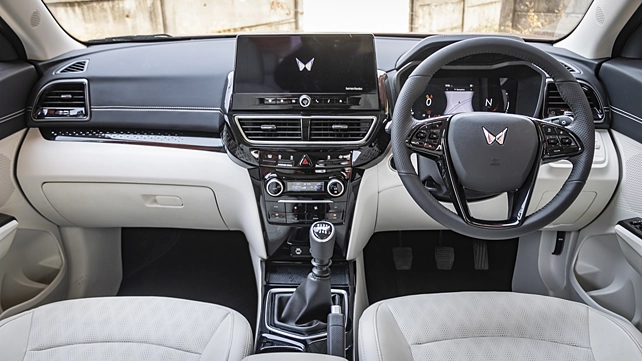
But now, with the facelift, the addition of features, the new name, and of course, the fantastic pricing, the 3XO has a proper chance at success. It checks two of the three boxes that kept the XUV 300 from doing well. It now has a proper automatic for the petrol and a bigger, more usable boot. It is now packed with features. And, with the uplifted design both inside and out, it scores high on modernity, premiumness, and the feel-good factor. Sure, it still doesn’t have the same brand equity as the Nexon or the Brezza, but its aggressive pricing should certainly help make it to the consideration set of SUV buyers.
The fact that it has a plush and absorbent ride, alert and taut handling, and strong engines - not to mention a wide and accommodating rear bench - only helps its cause.
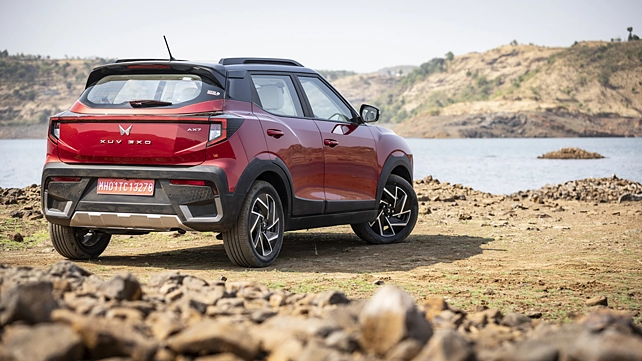
Pictures of the diesel AX7 variant are used for reference
Photography by Kapil Angane


